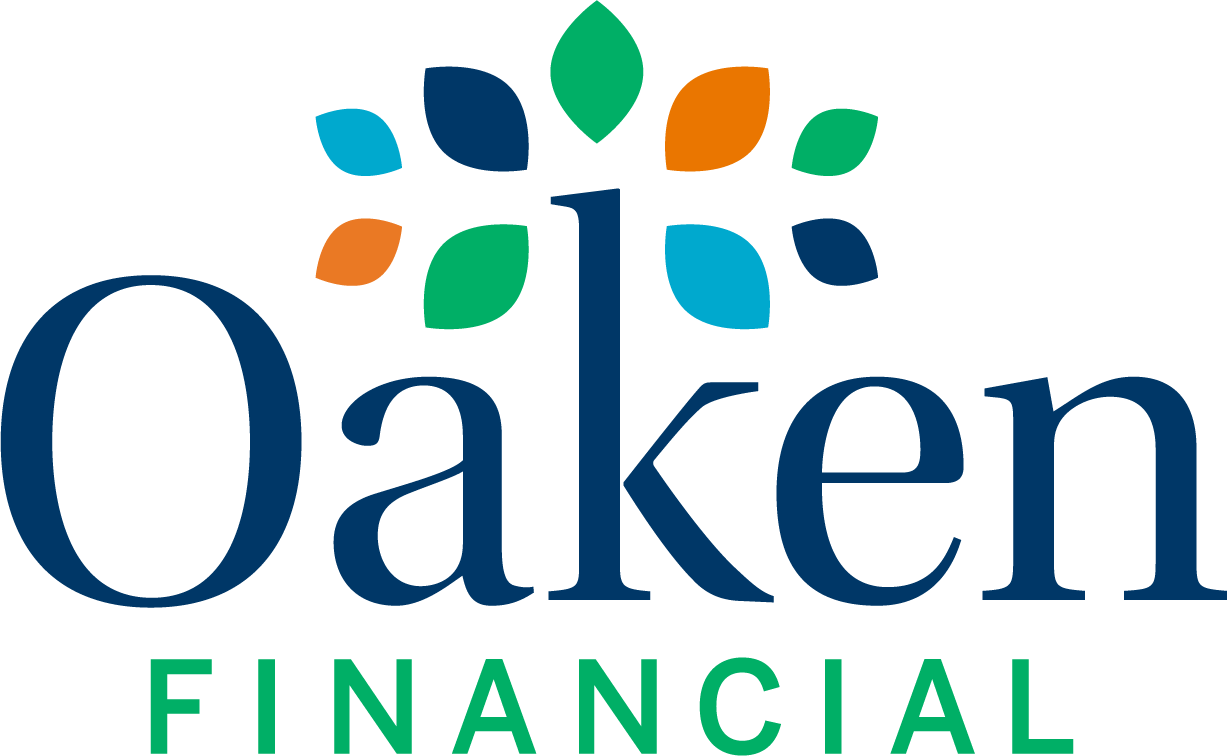The potential Canada Post strike may delay the delivery of documents and cheques. You can update your document delivery to electronic and setup direct deposits today to avoid potential interruption. Don’t forget to review and update your maturity instructions to ensure they're up to date. All these can be done by using Oaken Digital. Click here to enrol for Oaken Digital today.
Our competitors' rates
Lots of financial institutions say their savings rates are great, or competitive, or even among the best around. But at Oaken, when we say our rates are some of the highest available in Canada, we really do mean it. What’s more, we’re also happy to prove it.
Institution | 1 Year GIC* | 2 Year GIC* | 5 Year GIC* | Savings* |
|---|---|---|---|---|
Oaken Financial | 3.50% | 4.00% | 3.80% | 2.80% |
* Oaken rates advertised above as of June 27, 2025 and are subject to change at any time.
Institution | 1 Year GIC** | 2 Year GIC** | 5 Year GIC** | Savings** |
|---|---|---|---|---|
BMO Bank of Montreal | 2.75% | 2.75% | 3.00% | 0.80% |
Canadian Western Bank | 2.75% | 2.80% | 3.20% | 0.75% |
CIBC | 2.70% | 2.75% | 2.90% | 0.25% |
Desjardins | 2.80% | 2.85% | 3.20% | 0.75% |
DUCA Credit Union | 3.30% | 3.45% | 3.55% | 0.25% |
EQ Bank | 3.55% | 3.60% | 3.80% | 1.25% |
ICICI Bank Canada | 3.10% | 3.20% | 3.30% | 1.25% |
Manulife Bank | 2.90% | 3.00% | 3.50% | 1.75% |
Meridian Credit Union | 3.35% | 3.45% | 3.60% | 0.85% |
Motive Financial | 3.00% | 3.10% | 3.70% | 2.25% |
Motus Bank | 2.50% | 2.75% | 2.50% | 0.85% |
National Bank | 2.80% | 2.95% | 3.30% | 0.75% |
RBC Royal Bank | 2.55% | 2.65% | 2.75% | 0.75% |
Scotiabank | 2.70% | 2.75% | 2.85% | 0.55% |
Simplii Financial | 3.20% | 3.10% | 3.65% | 0.30% |
Tangerine | 3.20% | 3.30% | 3.50% | 0.30% |
TD Canada Trust | 2.80% | 2.85% | 3.00% | 0.01% |
Vancity | 2.75% | 2.80% | 3.00% | 0.70% |
** Rates included in this table are the advertised rate from each respective financial institution as of June 18, 2025, and are subject to change at any time.
Saving for something specific? Check out all our terms and rates here:
Role of the Canada Deposit Insurance Corporation (CDIC)

You deserve to know that the money you’ve entrusted to a financial institution is protected should that institution suddenly cease operations. That’s why you should always look for the Canada Deposit Insurance Corporation (CDIC) logo when opening an account with a federally regulated deposit issuer.
The CDIC is a Crown corporation that, with the authority of the Canadian government, is mandated to provide insurance for deposits held by CDIC member institutions. The funding to support the CDIC comes directly from all member institutions who are required to pay premiums into the CDIC program.
It’s extremely rare for a CDIC member firm to suffer a failure. In fact, the last time a Canadian institution required intervention from the CDIC was over twenty years ago in 1996. However, should a deposit issuer be forced to close its doors in the future, the CDIC will step in to protect deposit holders.
CDIC insurance coverage limits
The CDIC provides up to $100,000 in insurance coverage for each eligible deposit type, and for each individual depositor. Eligible deposit types include savings accounts, as well as registered plans and accounts such as Retirement Savings Plans (RSP), Retirement Income Funds (RIF) and Tax-Free Savings Accounts (TFSA). Oaken offers deposits through either Home Bank or Home Trust Company, and both issuers are registered as separate CDIC member institutions.
Provincial deposit insurers
In addition to the CDIC, provincial agencies provide similar coverage for financial institutions that fall solely under provincial jurisdiction. This includes:
- provincially regulated credit unions
- caisses populaires
- provincially regulated trust and loan companies
It’s important to know that provincial deposit insurance coverage does vary by province. To learn more, visit the website of the financial authority for your province from the list below:
- Alberta – Alberta Credit Union Deposit Guarantee Corporation
- British Columbia – Credit Union Deposit Insurance Corporation of B.C.
- Manitoba – Credit Union Deposit Guarantee Corporation
- New Brunswick – New Brunswick Credit Union Deposit Insurance Corporation
- Newfoundland – Newfoundland and Labrador Credit Union Deposit Guarantee Corporation
- Nova Scotia – Nova Scotia Credit Union Deposit Insurance Corporation
- Ontario – Deposit Insurance Corporation of Ontario
- Prince Edward Island – Credit Union Deposit Insurance Corporation
- Quebec – Autorité des marchés financiers
- Saskatchewan – Saskatchewan Credit Union Deposit Guarantee Corporation
Bank of Canada and interest rates
The Bank of Canada is a Crown corporation and serves as Canada’s central bank. The Bank of Canada’s primary mandate is to manage the economy through the establishment of its monetary policy.
One of the economic controls the Bank of Canada has at its disposal is the ability to set the overnight lending rate. This is the rate at which Canadian financial institutions lend or borrow from the Bank of Canada’s overnight lending facility in order to access the short-term liquidity that the banking system requires to settle accounts at the end of each day. By changing this rate, the Bank of Canada can directly influence lending rates for the banking industry.
For instance, when the Bank of Canada wants to reduce the rate of inflation, it can increase the cost for retail banks by increasing the overnight rate. The banks may choose to pass this additional cost on to their customers in the form of higher lending rates. If this cost increase is significant enough, it could force consumers and business to reduce their borrowing and spending plans, bringing about an easing in the inflation rate. This is known as “tightening” the monetary policy.
On the other hand, if the Bank of Canada wants to boost spending in the economy, it can “loosen” monetary policy by lowering the overnight rate. This makes it less costly for financial institutions to access the funds they need to manage daily operations. If the banks pass the savings on to their customers by rolling back retail interest rates, it may result in an increase in consumer spending and provide a lift to the economy to help spur growth as desired by the Bank of Canada.
Are you an existing Oaken customer?
Other ways to open an account
Commercial applications can be downloaded here and mailed to us.
Or if you prefer to make an appointment to apply in person, you can do so by viewing our Oaken store locations. For more information, please email service@oaken.com or call 1-855-OAKEN-22 (625-3622) from Monday to Friday 8:00AM to 8:00PM EST and Saturday from 9:00AM to 5:00pm EST.





